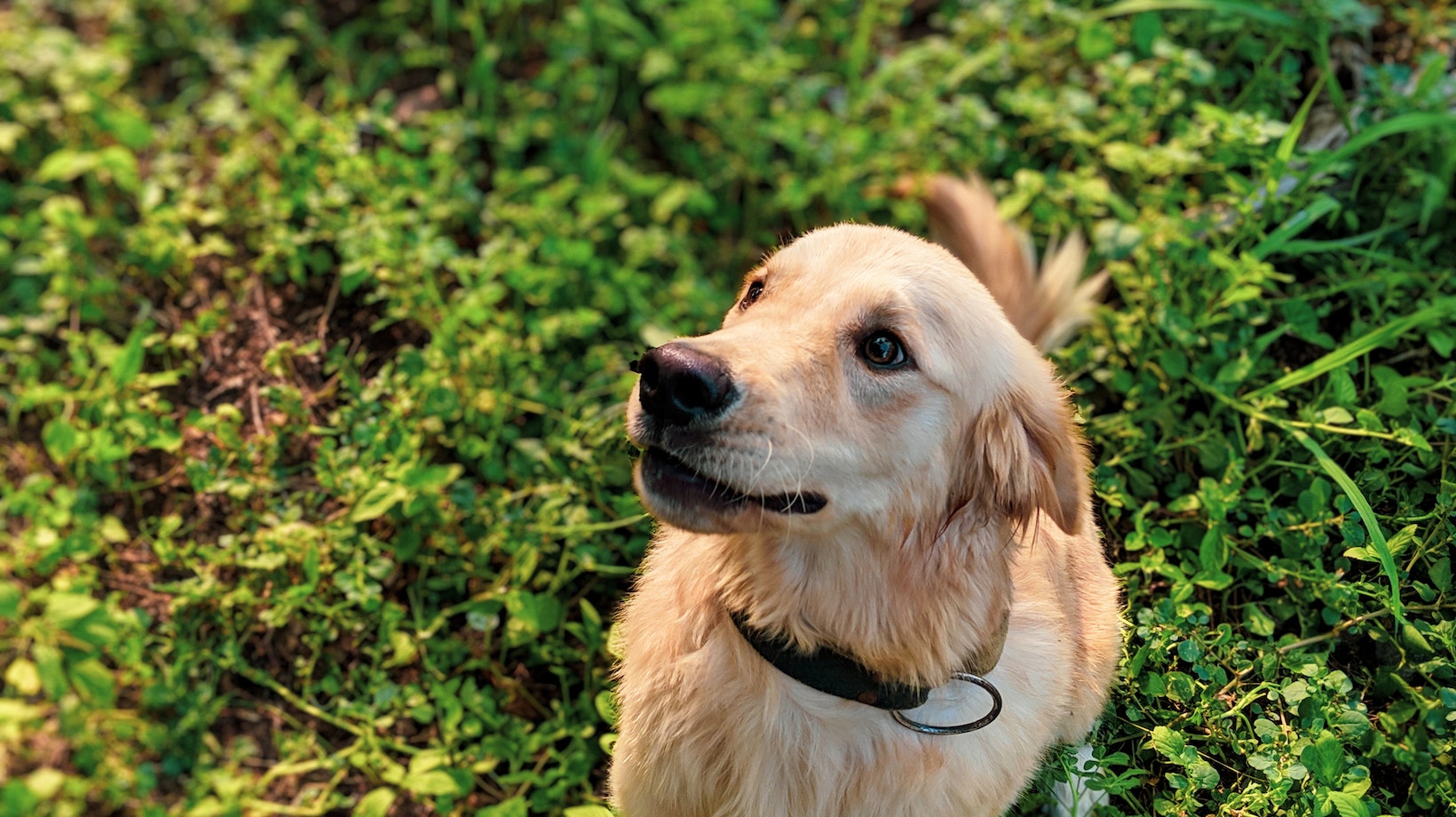How To Leash Train
- Standard Leash: This is the most common type of leash, typically made from nylon or leather. It’s versatile and comes in different lengths, allowing you to maintain control while giving your Labrador freedom to explore.
- Retractable Leash: If you want to give your Labrador more room to roam during walks, a retractable leash might be a good choice. These leashes have a mechanism that allows you to extend and retract the length as needed. However, keep in mind that they may not offer as much control as standard leashes.
- Hands-Free Leash: For active individuals who enjoy jogging or hiking with their Labradors, a hands-free leash can be a great option. These leashes wrap around your waist or shoulder, leaving your hands free for other activities while still keeping your furry friend close.
Choosing The Right Collar For Your Dog’s Needs
- Flat Collar: A flat collar is commonly used for everyday wear and general training purposes. It should fit comfortably around your dog’s neck without being too tight or loose.
- Martingale Collar: Martingale collars are designed specifically for dogs who tend to slip out of traditional collars due to their head size or coat type (such as Labradors). These collars provide more control without choking or harming your pup.
- Harness: If you’re concerned about putting pressure on your Labrador’s neck during walks, using a harness might be a better option. Harnesses distribute the force across your dog’s chest and shoulders, reducing strain on their neck.
Factors To Consider When Selecting A Leash And Collar
- Size and Strength: Labradors are known to be strong and energetic dogs, so it’s important to select sturdy leashes and collars that can withstand their strength without compromising their safety.
- Training Goals: The type of leash and collar you choose should align with your training goals. For example, if you’re working on loose-leash walking, a standard leash would offer more control than a retractable one.
- Comfort: Ensure that both the leash and collar are comfortable for your Labrador to wear for extended periods. Avoid materials that may cause irritation or discomfort.
- Safety Features: Look for leashes with reflective strips or LED lights for added visibility during nighttime walks. Additionally, consider collars with quick-release buckles in case of emergencies.
By considering these factors and understanding the different types of leashes and collars available, you can make an informed decision when choosing the right equipment for leash training your Labrador. Remember to prioritize safety, comfort, and compatibility with your training goals to ensure enjoyable walks for both you and your furry friend!

Teaching Basic Commands For Leash Walking
- Start with “Sit” command: Before you even begin walking, it’s important to teach your Labrador the “sit” command. This will help establish obedience and control when you need them to stop or wait during walks. Here’s how you can do it:
- Hold a treat above their head, just out of reach.
- As they naturally lift their head to follow the treat, gently push their rear down towards the ground.
- Once they are in a sitting position, praise them and give them the treat.
Remember to be patient and consistent with this training exercise. Repetition is key to reinforcing this command until your Labrador sits reliably on cue.
- Introduce the “Heel” command: The next step is teaching your Labrador how to walk by your side without pulling on the leash. The “heel” command is used to keep them close and maintain control while walking. Follow these steps:
- Start in a quiet area with minimal distractions.
- Hold your dog’s leash firmly but not too tightly.
- Begin walking at a slow pace while saying “heel.”
- If they start pulling or getting ahead of you, calmly change direction or stop abruptly until they adjust their position.
- Reward them with praise or treats when they successfully maintain a proper heel position.
Consistency is crucial here as well. Practice this command regularly until your Labrador understands that staying by your side is expected during walks.
- Teach the “Leave It” command: During walks, there may be instances where your Labrador becomes fixated on something potentially harmful or distracting, like garbage or other animals. Teaching them the “leave it” command can help redirect their attention. Here’s how:
- Hold a treat in your hand, close to your dog’s nose.
- Say “leave it” and cover the treat with your hand.
- Wait for them to stop trying to get the treat and redirect their focus on you.
- Once they do, reward them with a different treat or praise.
Remember, patience and positive reinforcement are key when teaching basic commands for leash walking. Celebrate small victories along the way and always end each training session on a positive note. Happy walking with your well-trained Labrador!